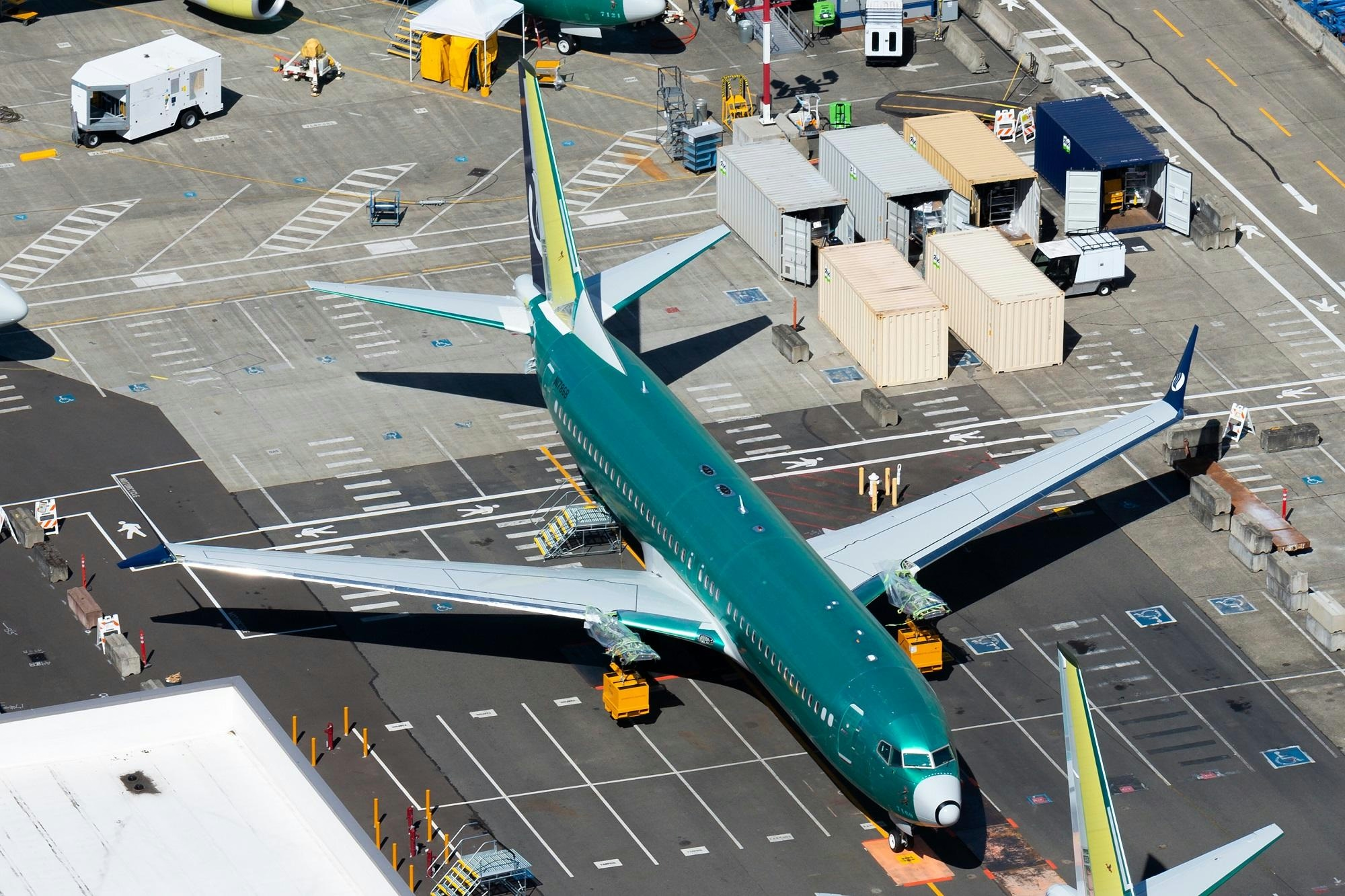
Smarter email, faster business.
Trending
Categories
US Expert: Boeing 787 Experienced Fuel Switch Cut-Off in 2019; Japanese Pilots Did Not Intervene
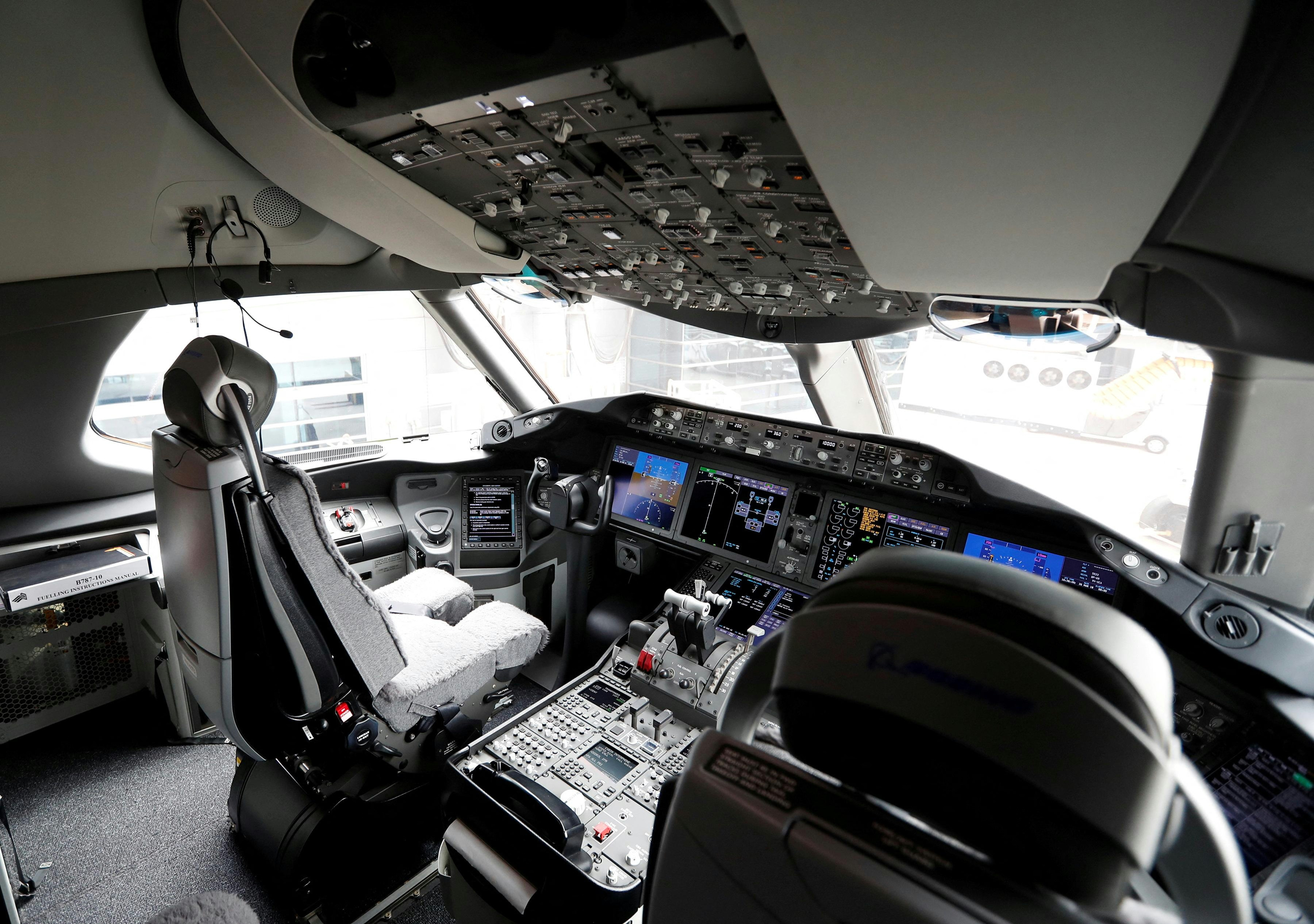
US Expert Highlights Fuel Switch Cut-Off in 2019 Boeing 787 Incident; Japanese Pilots Did Not Intervene
A preliminary investigation into the Air India AI 171 crash in Ahmedabad has renewed focus on the Boeing 787’s fuel switch system. India’s Aircraft Accident Investigation Bureau (AAIB) reported that the fuel switch had shifted from the “Run” to the “Cutoff” position prior to the crash. The 15-page report, released this week, included a paraphrased exchange between Captain Sumeet Sabharwal and First Officer Clive Kunder, in which one pilot questioned the other about cutting off the fuel supply. Both pilots denied any deliberate action to do so. Shortly thereafter, a Mayday call was issued, and the aircraft crashed into a hostel for medical students, resulting in the deaths of all on board.
The AAIB report does not clarify how or why the fuel switch moved to the “Cutoff” position, leaving open the possibility of either pilot error or mechanical malfunction. To provide further insight, FinancialExpress.com consulted Mary Schiavo, a US aviation expert, who dismissed theories of intentional pilot intervention. Schiavo emphasized the absence of evidence supporting deliberate action and called for the full release of cockpit voice recorder (CVR) transcripts to avoid misinterpretation. She stated, “There is nothing here to suggest pilot suicide or murder.”
Parallels with 2019 ANA Boeing 787 Incident
Schiavo also referenced a similar event in 2019 involving an All Nippon Airways (ANA) Boeing 787. During final approach from Tokyo to Osaka, both engines failed after the aircraft’s software erroneously detected that it was on the ground. This triggered the Thrust Control Malfunction Accommodation System, which cut fuel to the engines. According to Schiavo, the pilots did not engage the fuel cutoff switches. The malfunction was ultimately traced to a software glitch rather than human error. The ANA flight, carrying 109 passengers and 9 crew members, landed safely without injuries.
Regulatory Response and Ongoing Investigations
The Air India crash has intensified scrutiny of Boeing’s fuel switch mechanisms. India’s civil aviation authority has ordered inspections of cockpit fuel switches on Boeing aircraft following the AAIB’s findings. Meanwhile, the US Federal Aviation Administration (FAA) and Boeing have maintained that the fuel switch locks are safe. However, investigations continue to explore whether the Ahmedabad crash resulted from pilot action or a technical fault.
Regulatory bodies worldwide are responding to these concerns. The UK Civil Aviation Authority (CAA) issued a warning just weeks before the crash, highlighting potential issues with fuel shutoff valves on several Boeing models, including the 737, 757, 767, 777, and 787. The fuel control switches, housed within the Throttle Control Module (TCM), had been replaced on the ill-fated AI 171 aircraft in both 2019 and 2023. Despite these replacements, questions remain regarding the reliability of the locking mechanism.
The heightened regulatory scrutiny and ongoing investigations have placed significant pressure on Boeing, with potential repercussions for its market position and investor confidence. As authorities continue to determine the root cause of the AI 171 crash, the aviation industry is preparing for possible safety reviews and further regulatory measures.
Comments
- @
@johnhbrandon
The ANA report doesn’t say whether the FDC recorded switch movements from run to cutoff. The fuel control switches have two independent sets of contacts that have unique functions. One set of contacts commands the fuel control valves, the other set sends a position “signal” to the FDR to show what position the switches are in at any given time. In the AI 171 incident, there was a positive recording of the fuel control switches being physically moved from run to cutoff one second apart and not put back into the run/relight position for 10 seconds on engine 1 and 14 seconds for engine two. If there was a situation where both engines flamed out simultaneously, pilots are trained to move the fuel control switches to cutoff and back to run immediately, not 10 seconds later. Airbus uses an almost identical system to control the fuel valves to the engines. Introduced in 2011, the 787 doesn’t have any chronic issue involving the fuel control system. In fact, most Boeing and Airbus aircraft use the same logic.
- R
re; The ANA incident
The ANA incident was completely different. They were on final approach and did not need to restart the engines. Take off and landing are two completely different scenarios.
- J
John R
Correction needed: there was 1 survivor on board AI-171. Many commentators are getting this fact wrong, which makes me wonder about the accuracy of what else these folk are claiming. In short, the Preliminary Report does claim that the fuel cut off switches "transitioned". But the evidence they have for this claim has not been reported. Unless the investigators release further information, it is possible - even likely - that the physical switches didn't move at all. Why do I suggest this? At rotate, we know the fuel cutoff switches were at "run". If the report is to believed, we also know that 40 seconds later, the switches were at "run". There is then a possibility that the duel engine shut down was initiated by a software or micro switch malfunction. Seeing the engines go to cutoff, there would have been multiple cockpit warnings going off, and in such a scenario, the memory check list would be for the pilots to flip the switches to cutoff (if indeed there were at cutoff) and then immediately switch them to "run". All we actually DO know for sure is that the preliminary report, for reasons yet unknown, has added much to confusion and speculation. It doesn't even directly quote the pilots' words. Further official comment needs to be made - and soon - if Air India wants to ever properly recover from this aviation disaster.
- M
Mike G
The engine shutdown on the 2019 ANA flight occurred shortly AFTER the plane landed when the thrust reversers were deployed too soon. Boeing had warned of this possibility.
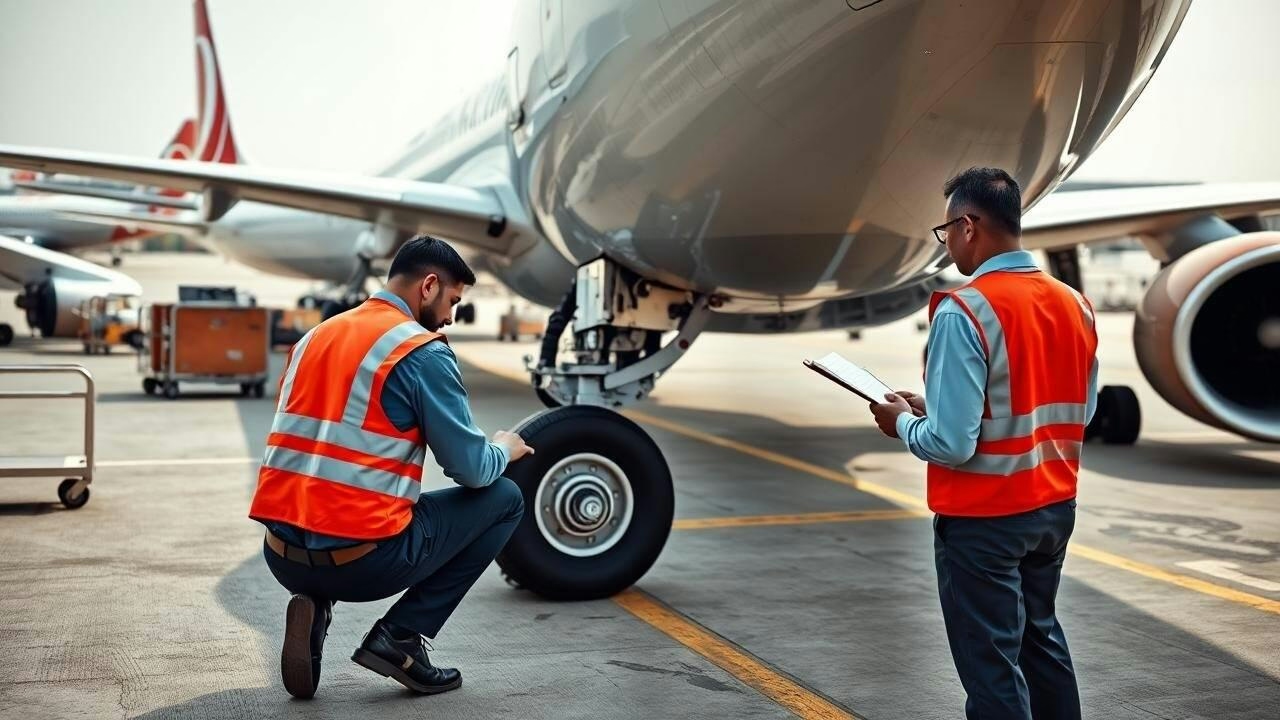
India and Turkey Strengthen Civil Aviation Ties with New Aircraft Leasing Agreements
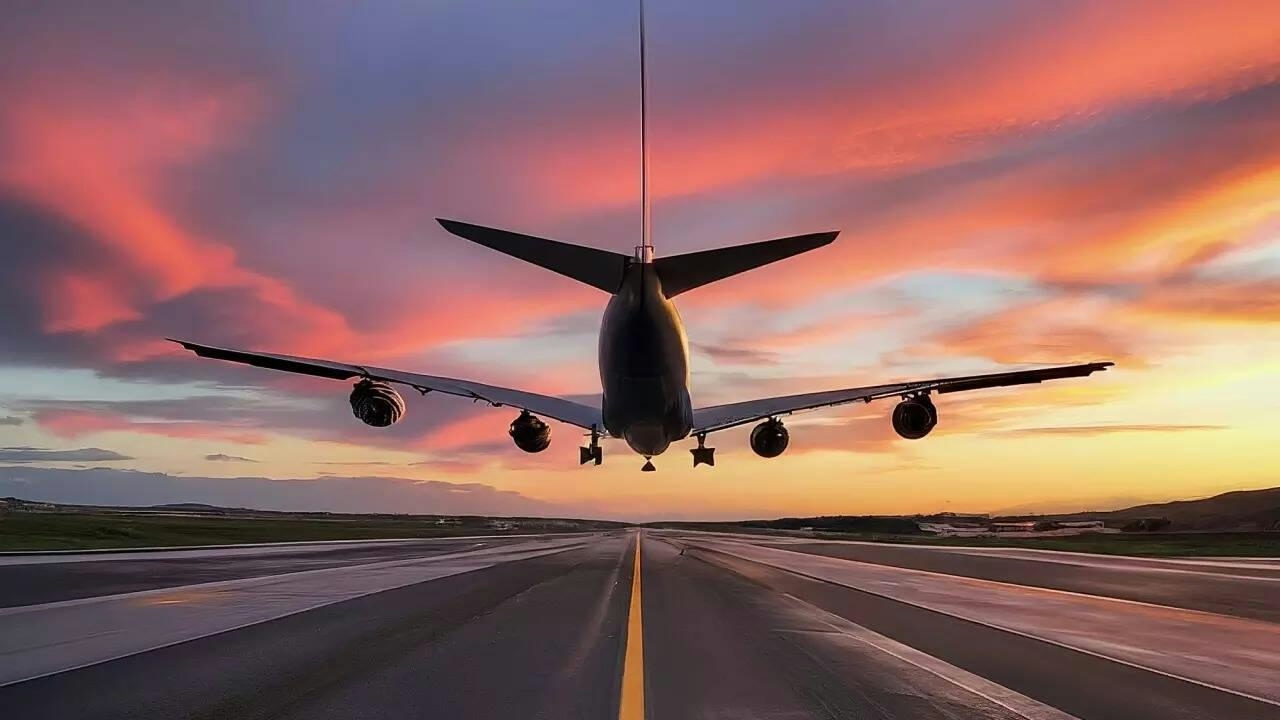
India Restores Aviation Links with Turkey, Extends Leasing Deal Amid Pakistan Airspace Ban
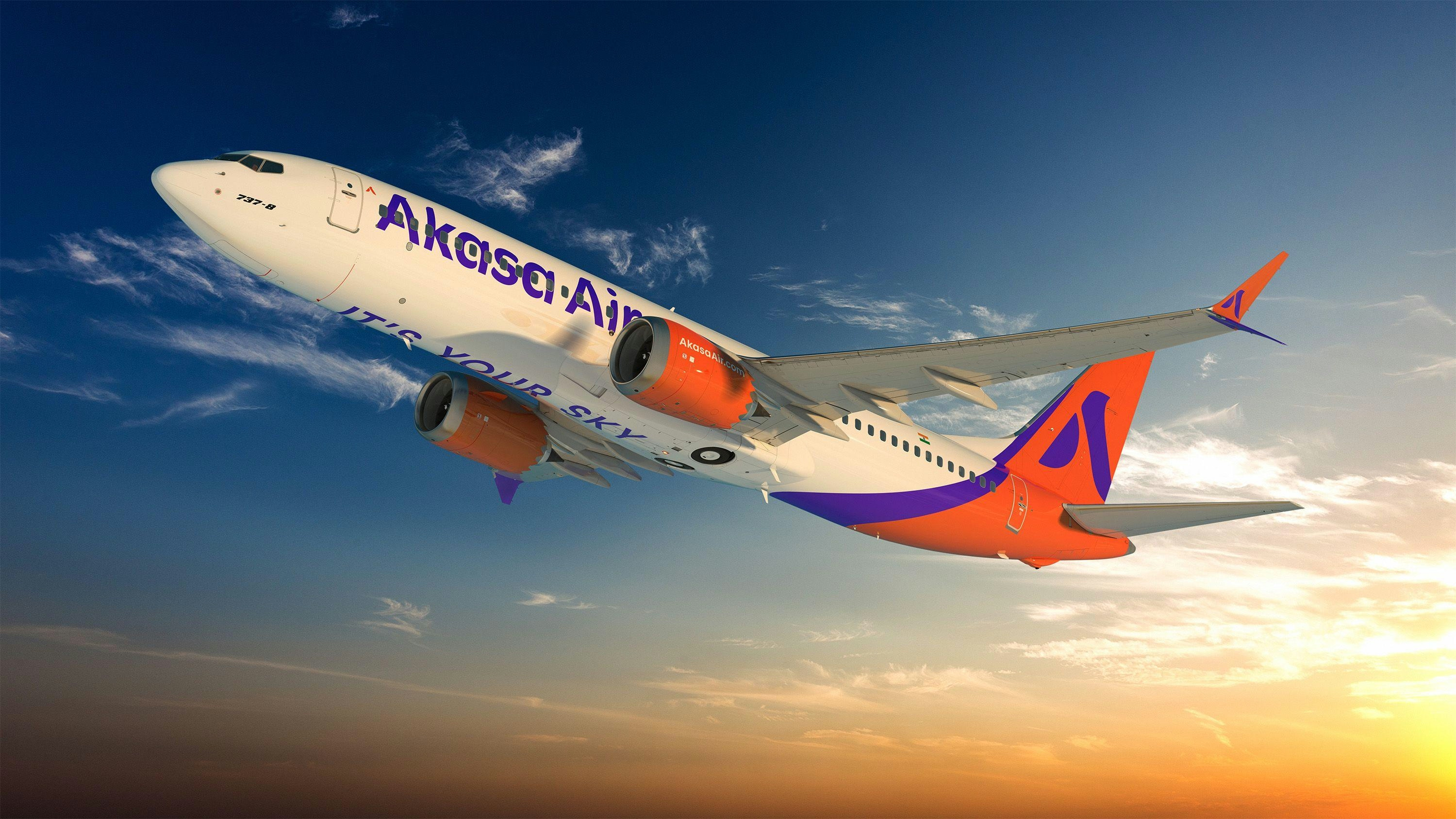
Akasa Air Plans to Expand Fleet to 40 Aircraft by FY26 Amid Boeing Supply Chain Improvements
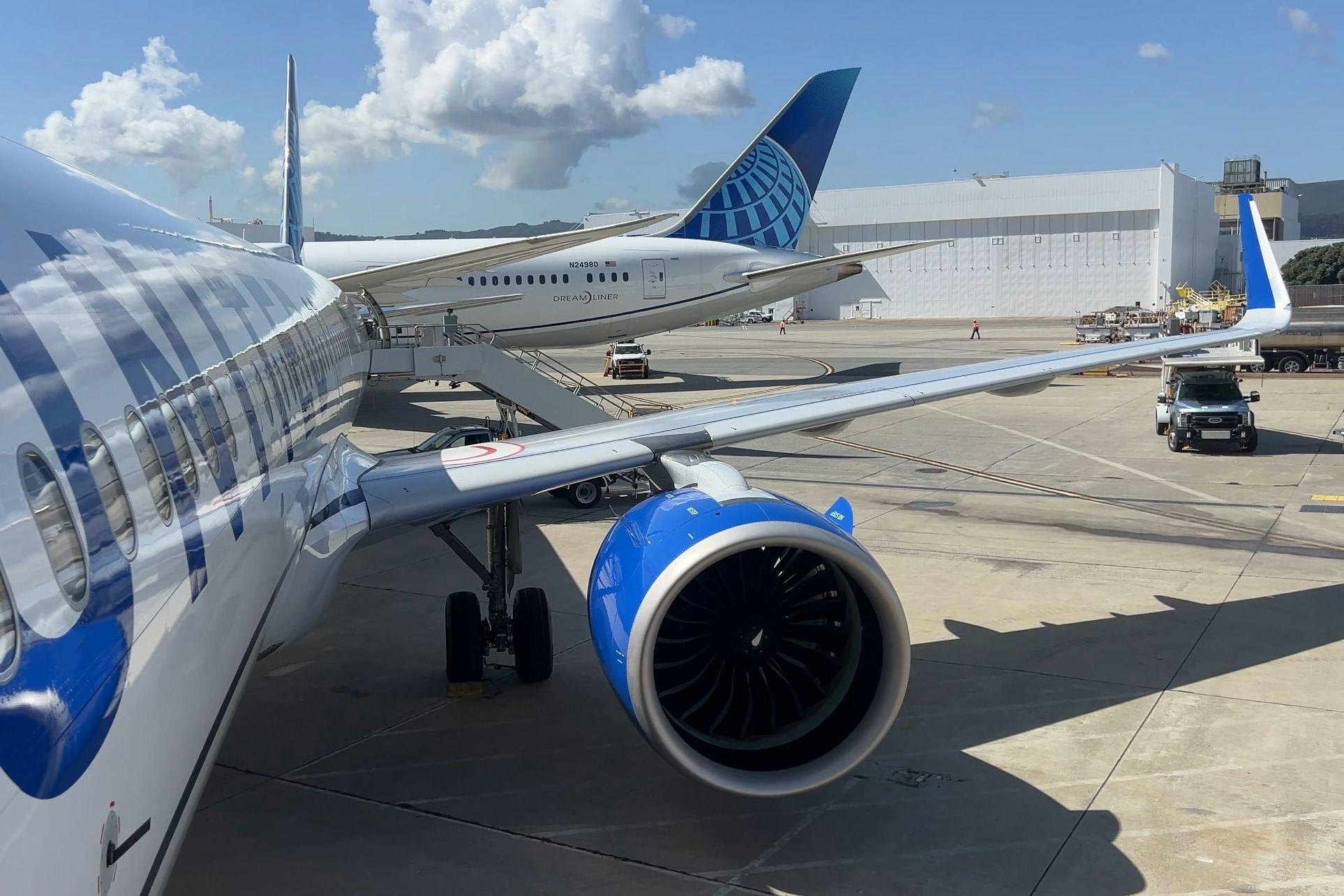
Which Narrowbody Aircraft Is United Airlines the Largest and Only U.S. Operator Of?

Joby Aviation Shares Fall 0.84% Amid Regulatory Delays and Partnership Changes

Air Peace Expands Lagos Hub to Enhance West Africa Travel
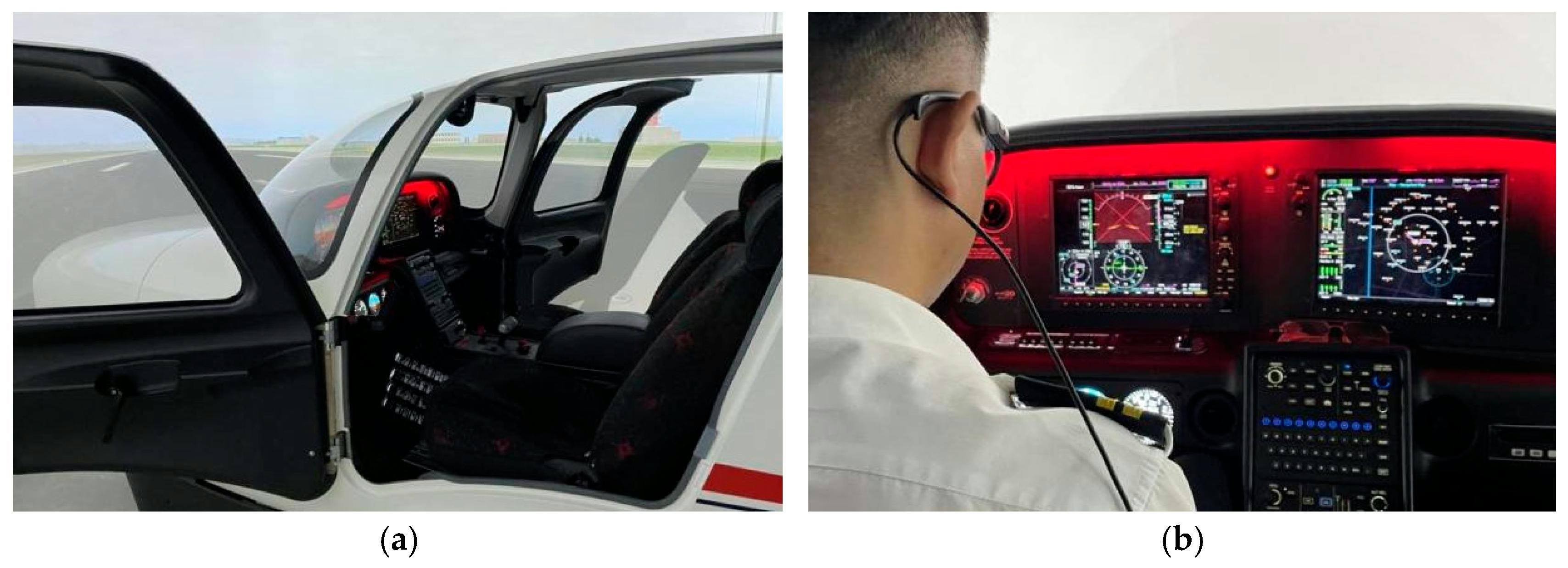
APC Introduces Project ORCA AI Tools for Pilot Training

Autonomy Proving Ground Conducts First Alternative Navigation Flight
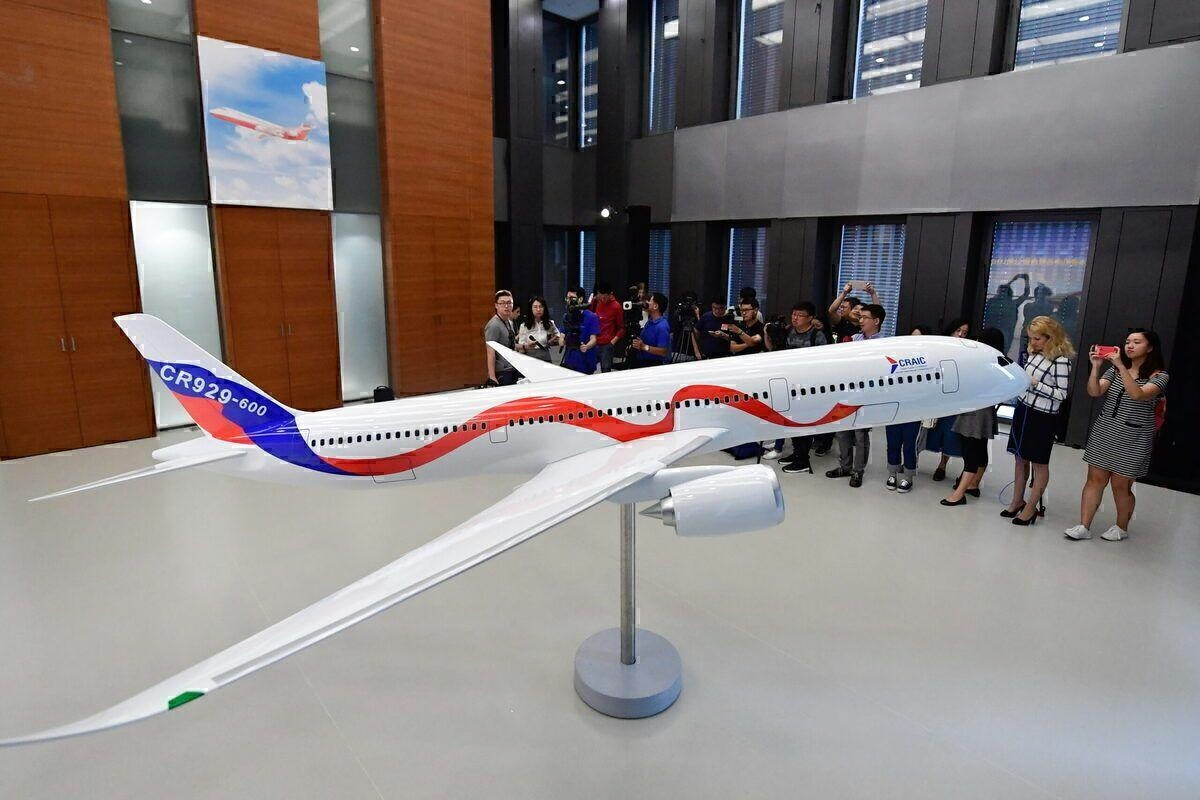
Can Russia’s new widebody aircraft rival Boeing’s Dreamliner?
